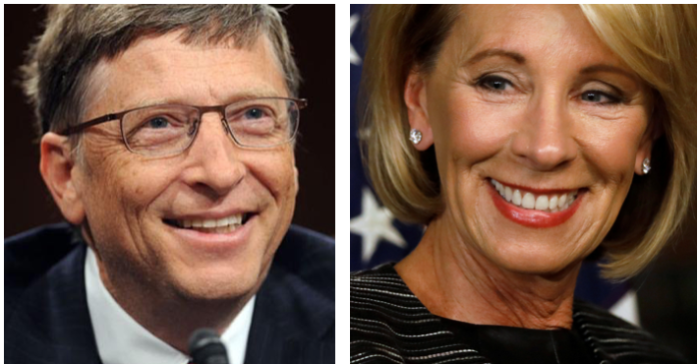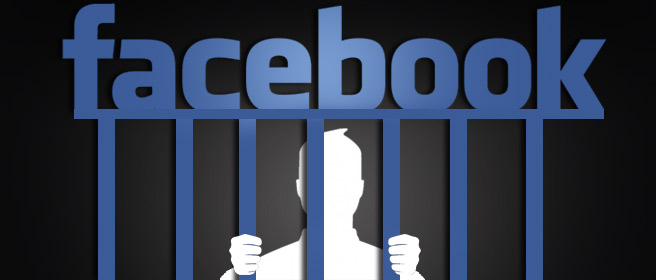
Michael sat at his desk with ear buds inserted, an iPad balanced in front of his eyes and an old fashioned paper book open on his desk.
His head was bopping and weaving. His eyes were transfixed on a YouTube video of an animated soldier blasting away bad guys. And his book was laid out in front of him, largely ignored.
This was during our class’ sustained silent reading time – a period of 15-20 minutes where my 7th grade students were supposed to read self-selected books. Eventually, they’d have to complete a project, but today all they had to do was read.
Still, many used the time the same way as Michael did – lost in cyberspace, merely pretending their eyes gloss over the page.
“And what did the teacher do?” I hear some readers say indignantly.
“If you allow this type of behavior, you’re worse than the child doing it.”
So come with me as I redirect Michael.
“Hey, buddy,” I say.
“Huh?” he responds as if awakened from a dream.
“Are you reading?”
“Uh. Yeah.”
“You’re not just watching that video and ignoring your book?”
“Nope,” he says now fully awake. And he proceeds to give me a canned summary of the text that he memorized from the Internet.
But I’m still skeptical.
“I’m going to take your iPad away just for SSR time,” I say.
“BUT WHY!? I’M READING!”
“I just want you to be able to concentrate on what you’re reading.”
And as I gently pry the iPad from his curled fists, he stands up and gives me a look of pure hatred.
This is a look from a 7th grade boy who’s considering violence.
It’s the same look you’d get trying to take away a dog’s bone, or an addict’s crack pipe.
It truly depends on the child what happens next. Some will regain control, slam down into their seats and sulk. Others will whine and cause a scene. And some will lose all control and lash out.
This is what teachers deal with every day when it comes to technology in the classroom.
In point of fact, many of our children are addicted to their devices.
iPads, laptops, Smartphones – we might as well be giving them pills, joints and syringes.
According to Merriam Webster, addiction is defined as, “compulsive need for and use of a habit-forming substance… [characterized] by well-defined physiological symptoms upon withdrawal.”
For most students, their devices have become just that – a compulsion, the cause of a nearly irresistible impulse to check them, access them, use them to keep themselves entertained and plugged in.
With repeated use, it becomes habit forming, and separation from the device can lead to a kind of withdrawal.
From a neuro-psychological point of view, one wonders if repeated use is clinically damaging – especially to adolescent brains that have not yet fully formed.
From an educational point of view, one wonders if relying on such devices in class is pedagogically sound.
I’m not qualified to answer the first question (though it deserves much more study than it is receiving). But from my 15 plus years of experience in the classroom, I feel qualified to answer the second – and that answer is often a resounding “NO.”
In my kids’ everyday lives, this type of constant technology reliance doesn’t make them better students. It doesn’t give them access to more information. It makes them dependent on instant gratification and sensory overload.
Their minds are submerged in a soup of constant noise and conflicting demands for their attention. Stringing together thoughts and coming to reasoned opinions becomes increasingly difficult.
This isn’t to say that technology has no place in the classroom.
There are ways to use it that can enhance learning. However, in my experience these are NOT the ways it is being used most of the time. That takes, thought, planning, intention. Instead, many well-meaning administrators or school directors prescribe technology as an end in itself regardless of the goals of an individual lesson. They want to prove their buildings, schools or districts are cutting edge, and that only takes the constant use of technology – not surgical, intentional use.
It’s not that teachers don’t know how to apply it or don’t care. It’s that technology – especially the presence of a one-to-one device in the hands of every child at all (or most) times – creates more problems than it solves.
This is why the same people who invented these technologies strictly regulate them for their own children.
Gates, a Microsoft co-founder, refused to let his children have personal technological devices until they were developmentally ready for them.
“We don’t have cellphones at the table when we are having a meal,” he told the Mirror. “We didn’t give our kids cellphones until they were 14 and they complained other kids got them earlier.”
Today, most children get their own cellphones at age 10. And if their schools have one-to-one initiatives like mine, they have their own iPad as early as 5th grade with less but still substantial hours of usage as early as kindergarten.
Jobs, an Apple co-founder, also limited screen time for his children.
When asked if his children liked the original iPad shortly after it was launched, Jobs said, “They haven’t used it. We limit how much technology our kids use at home.”
In fact, according to Walter Isaacson, who wrote a near-definitive Jobs’ biography, technological devices were only allowed at prescribed times.
“Every evening Steve made a point of having dinner at the big long table in their kitchen, discussing books and history and a variety of things,” he said.
“No one ever pulled out an iPad or a computer. The kids did not seem addicted at all to devices.”
And this practice seems common among parents in Silicon Valley.
According to educators Joe Clement and Matt Miles, authors of “Screen Schooled: Two Veteran Teachers Expose How Technology Overuse is Making Our Kids Dumber,” those in the tech industry know the dangers of their own products on children.
A number of specialty Silicon Valley schools, say Clement and Miles, such as the Waldorf School, rely almost exclusively on low-tech tools to teach. This often means chalkboards and pencils. The emphasis is on learning interpersonal skills such as cooperation and respect – not the ins and outs of computer coding.
At Brightworks School, even the physical environment of the class is a tool to learning. Students attend class in treehouses and kids learn creativity by building things with their hands.
This is a far cry from the technological wonderland our kids are being sold by these kids’ parents.
No one really knows what effect it’s having on growing minds. However, psychologists are beginning to see alarming trends.
For instance, frequent use of social media makes an eighth-grader’s risk for depression 27% higher. Moreover, use of smart phones for at least three hours a day increases children’s risk of becoming suicidal. Some experts believe that increased use of technology has contributed to the teen suicide rate which for the first time eclipses the homicide rate.
We are jumping head first into an educational model that puts technological devices like a tablet at the center of learning.
Teachers assign lessons on the device. Students complete assignments on it. Projects are virtual as is research. Even conversations are conducted through a chat page, emails or messaging.
Why? Not necessarily because of any proven link to increased academic results. It’s because tech companies are marketing their devices to schools and students.
This is industry-driven, not pedagogically-driven.
There is an unquestioned bias that doing things with technology is somehow better simply because we’re using technology. However, an article written on a computer will not necessarily be better than one written with pen and ink. There are other factors involved.
Now Gates and company are pushing personalized learning objectives. Sometimes called competency based education, these continue to place the device in the center of what should be the student-teacher relationship.
Student learning becomes a video game and the teacher becomes a virtual avatar. Kids spend their time doing infinite standardized testing as if it were authentic education, yet it’s all on-line so it appears to be cutting edge. It isn’t.
It’s just another scam.
In my own classes, I’ve put the brakes on unquestioned technology. I only use devices, programs or applications that are (1) reliable and (2) when I know why I’m using them.
Even then, I find myself unable to even talk to students without beginning every lesson telling them to at least temporarily put their devices away so they can hear the directions.
Sure, I could give them a QR code to scan and get a written copy of the directions. I could upload a video for them to watch. But that limits direct feedback. It makes it more difficult for them to ask questions. And it makes it almost impossible for me to tell if 20-30 kids are actually doing the assignment before they turn it in for grading.
These are just kids, and like kids in any age they’ll take the path of least resistance. Often they’ll try to get through the assignment as quickly as possible so they can listen to music, or watch a video, or play a video game or chat on-line.
Lessons can be engaging or thought-provoking or spark the creative impulse. But you have to get students’ attention first.
That’s hard to do when they always have the option to crack their brains open over a virtual frying pan and watch it sizzle away.
To be fair, living in the modern world, we’re probably all somewhat addicted to technology. This blog isn’t written on papyrus and it isn’t being accessed in a hefty library volume.
I use social media – Facebook and Twitter mainly – to disperse it.
But there’s a difference between me and my students.
I’m an adult.
I know the concessions I’m making. I enter into this with eyes open. I have a lifetime of experience and knowledge with which to make such a decision.
Children don’t have that. They look to us to protect them.
We are their guardians. We’re only supposed to subject them to things that will help them learn, keep them healthy and happy.
But in our rush to be trendy and hip, we’re failing them miserably.
We’re letting business and industry take over.
It’s time to take a stand.
Our kids may be addicted, but we don’t have to be their pushers.
We need to get them clean and show them how to use this brave new tool with moderation and restraint.










